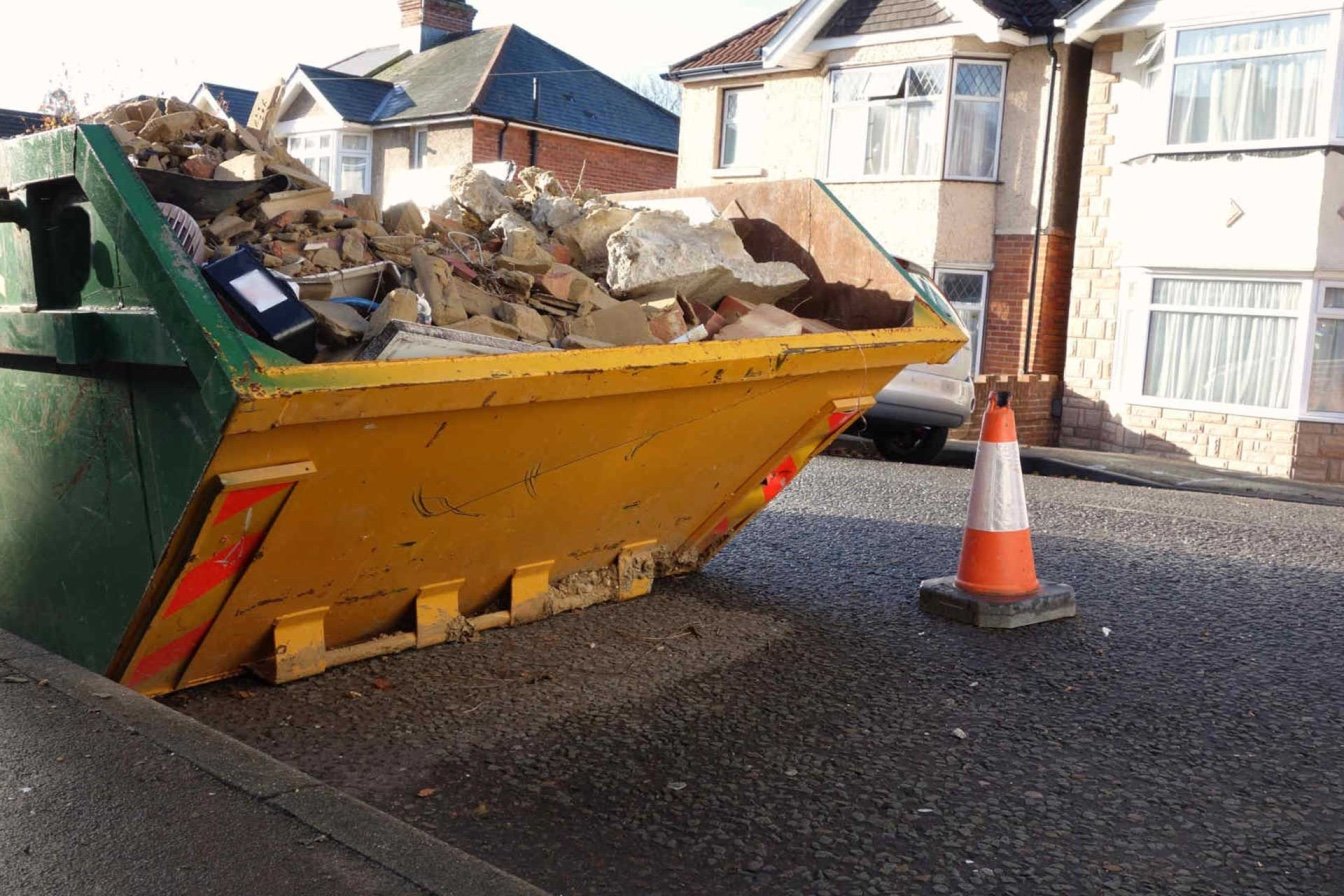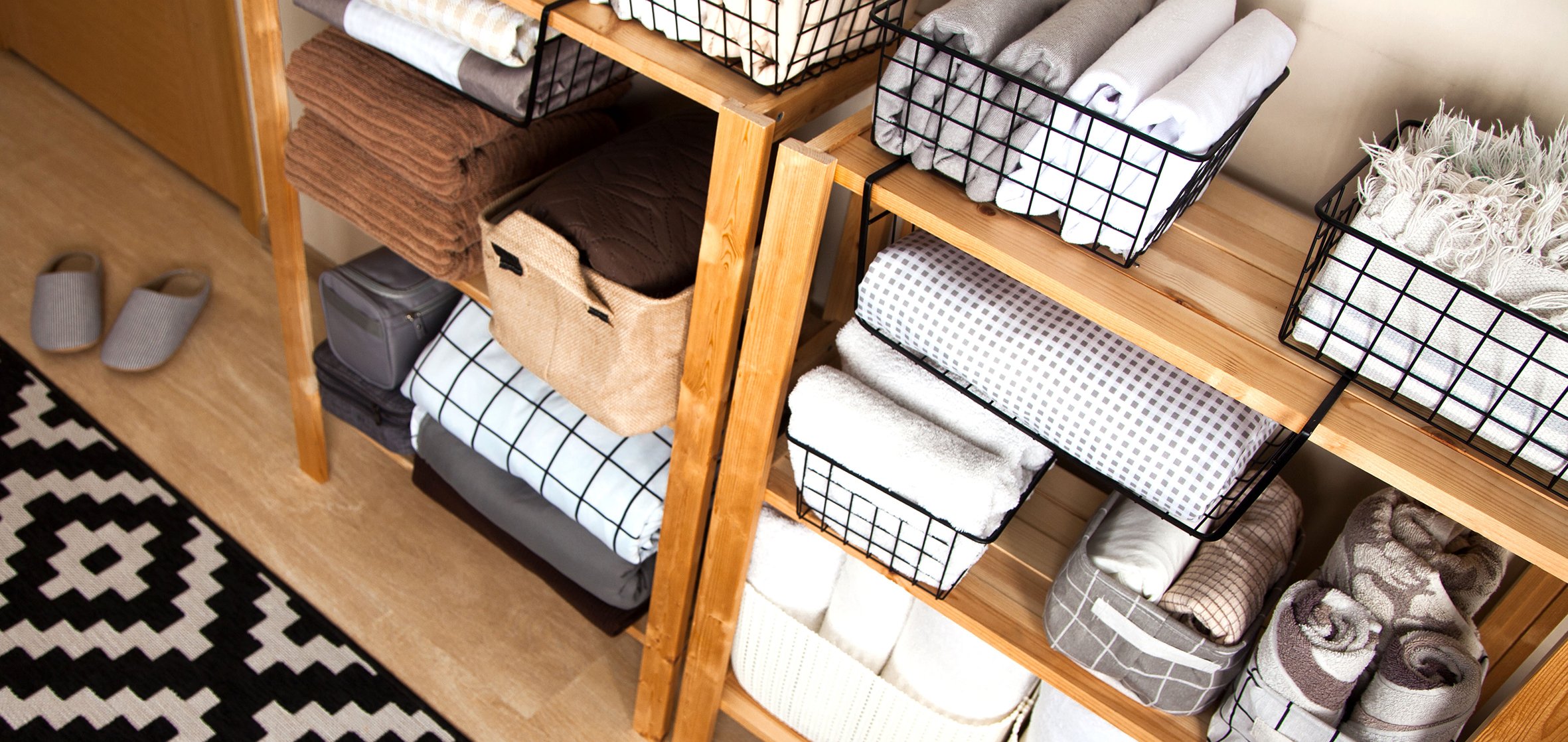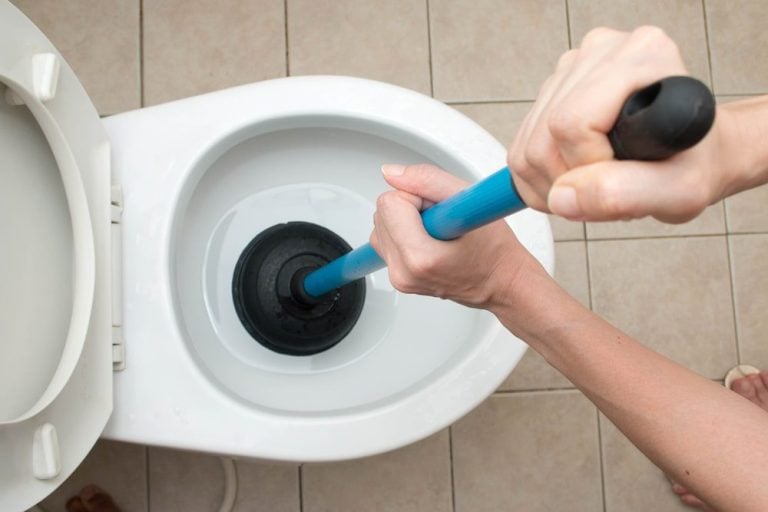Skip Size Guide: Choosing the Perfect Skip for Your Waste Management Needs

Table of Contents
Introduction
Selecting the right skip size with Skip Hire Epsom is an essential aspect of efficient waste management for any project, whether for home renovations, garden clearances, or commercial projects. In the UK, skip sizes range from the compact 2 cubic yards to the massive 40 cubic yards, each catering to different types of waste disposal needs. This guide provides a detailed overview of various skip sizes and their appropriate uses to help you make an informed decision while renting a trash.
Understanding Skip Sizes
Skip sizes are typically measured in cubic yards (yd³), with one cubic yard approximately equating to the space taken up by ten bin bags or two large kitchen appliances.
2 Yard Skip (Mini Skip)
Ideal for small domestic tasks such as minor garden clearances or small home DIY projects.
Holds about 20-30 bin bags worth of waste.
4 Yard Skip (Midi Skip)
Suitable for medium-sized domestic projects, like garden renovations or bathroom refits.
Accommodates 40-60 bin bags of waste.
6 Yard Skip (Small Builders Skip)
Capacity: Equivalent to 60 bin bags.
Best for: Small building projects that can be filled entirely with heavy waste like soil and rubble.
Note: The largest size for entirely heavy waste disposal.
8 Yard Skip (Large Builders Skip)
Capacity: Suitable for 80 bin bags.
Best for: A wide range of uses including builders waste, household and commercial clearances.
Note: The largest size is permissible on public highways in many areas.
Have you read: 7 Effective Ways for Cost-Effective Waste Removal
10 Yard Skip
Capacity: Ideal for 100 bin bags.
Best for: Commercial waste disposal, factory and office clearances.
Note: Often not allowed on public highways due to permit restrictions.
12 Yard Skip
Capacity: Suitable for 120 bin bags.
Best for: Commercial waste, similar to the 10-yard skip, with a focus on factory and office clearances.
Note: Usually not permitted on public highways.
14 Yard Skip
Capacity: Can accommodate 140 bin bags.
Best for: Larger trade or commercial waste removal, including shop fittings, green waste, and light construction waste.
16 Yard Skip (Maxi Skip)
Capacity: Holds up to 160 bin bags.
Best for: Large amounts of lightweight bulky waste such as furniture, plastics, and packaging. Ideal for commercial renovation and construction projects.
20 Yard Skip (RORO Skip)
Capacity: Can hold about 220 bin bags.
Best for: Large-scale construction waste, debris, timber, metal, rubble, and garden waste.
Note: Same length and width as the 40-yard containers.
40 Yard Skip (RORO Skip)
Capacity: The largest skip available, ideal for substantial waste quantities.
Best for: Long-term waste management solutions for businesses with large waste production.
Note: Compatible with waste compactor units to reduce business waste costs.
Factors to Consider When Choosing a Skip
The selection of the right skip size depends on several factors:
1. Size of the Project:
Evaluate the scope of your project to determine the most suitable skip size.
2. Type of Waste:
Different waste types (bulky items, garden waste, construction debris) may require different skip sizes.
3. Amount of Waste:
Estimate the volume of waste to choose a skip that can accommodate it without overfilling.
4. Space Availability:
Ensure you have enough space to accommodate the skip size you choose, especially for larger skips.
5. Budget Constraints:
Larger skips are more expensive, so it’s important to balance your waste disposal needs with your budget.
6. Legal Permissions:
For placing skips on public property, a permit from the local council is required to place skips on public property, especially for larger skips.
Key Points to Remember
Smaller skips (2, 4, 6, and 8 yards) are ideal for domestic waste, DIY jobs, and smaller trade waste.
Permits from the council are required for skips placed on public highways, with limitations on sizes larger than 8 yards.
Larger skips, including RORO skips, are best for commercial and industrial waste management, especially for continuous waste streams.
Conclusion
Choosing the right skip size is crucial for effective and cost-effective waste management, whether for a home project or a commercial undertaking. This guide aims to simplify your decision-making process by outlining the various skip sizes and their applications. Remember, efficient waste disposal not only saves time and money but also contributes to environmental conservation. For your skip hire needs, consider “Skip Hire Epsom” as a reliable choice. We offer a range of skips suitable for diverse waste management requirements, ensuring you get the best fit for your project’s specific needs. With “Skip Hire Epsom,” you can manage your waste responsibly, efficiently, and in an environmentally friendly manner.
FAQs
Q: What factors should I consider when choosing a skip size?
A: Consider the nature of your project, the type and volume of waste, space availability for the skip, and any legal requirements for permits.
Q: Do I need a permit for placing a skip?
A: Yes, if you’re placing the skip on public land, you need a permit from your local council. The requirement varies based on skip size and location.
Q: Are there limitations to what I can put in a skip?
A: Yes, certain materials like hazardous waste, electrical items, and some types of building waste are not allowed in skips. Always check with your skip hire provider for a list of prohibited items.
Q: Can large skips be placed on public roads?
A: Skips up to 8 yards are typically allowed on public roads with a permit. Larger skips may have restrictions and are generally used for commercial or industrial sites with adequate private space.
This detailed guide aims to equip you with all the necessary information to choose the most appropriate skip size for your project, ensuring you manage your waste responsibly and efficiently.






